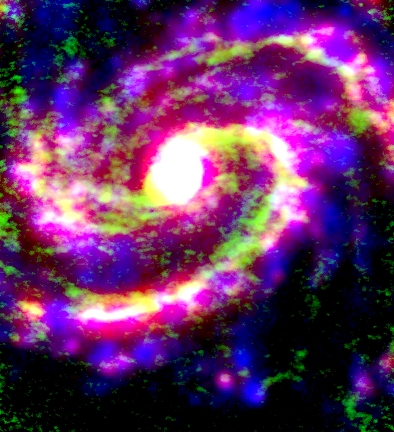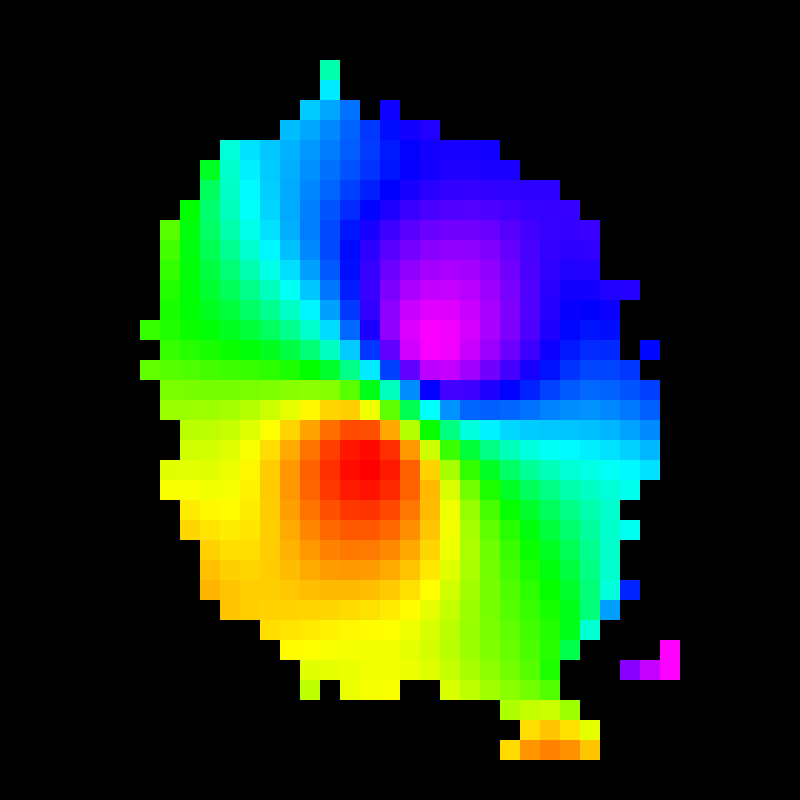The UK ALMA Regional Centre Node has also designed a series of lab experiments that can be used to learn about ALMA, interferometry, and millimetre astronomy. These activities are described in a series of lab scripts that can be used in secondary school.
Lab scripts listed at the top of this page focus on performing analyses of professional ALMA data using the free DS9 image viewing program. These lab experiments can be performed on Windows, Mac, or Linux computers.
Lab scripts near the bottom of this page focus on using handheld "spy" microphones to measure soundwave phenomena that are related to lightwave phenomena in astronomy.
 |
The Relation Between Gas Density and Star Formation Rate in the Spiral Galaxy M100 Astronomers have found an important relation between the rate at which stars form and the amount of interstellar molecular gas that is available for forming stars. This experiment provides instructions on how to measure this relation in the center of the spiral galaxy M100. Lab script (secondary school level) |
 |
Measuring the Rotation of TW Hydrae TW Hydrae is a protostellar object consisting of a star forming out of a disk of gas and dust. This experiment describes how, using ALMA observations of spectral line emission from CO molecules, it is possible to measure the rotation velocity of the disk and hence determine the mass of the star. |
  |
Using Sound Waves to Measure Angles Sound waves interfere in the same way that light waves interfere. Radio interferometers like ALMA use the principles of interference to produce very high precision maps of radio emission sources in the sky. This lab script simulates that approach using sound waves instead of light waves. |
 |
Measuring Doppler Shift Using Sound Sound waves and light waves are both subject to Doppler shifting. The frequency of the waves measured by an observer will change depending on whether the source producing the waves is moving toward or away from the observer. In this lab experiment, students use a "spy microphone" to measure the change in frequency of a person running with a tone generator, which can then be used to measure the velocity of the person. |

